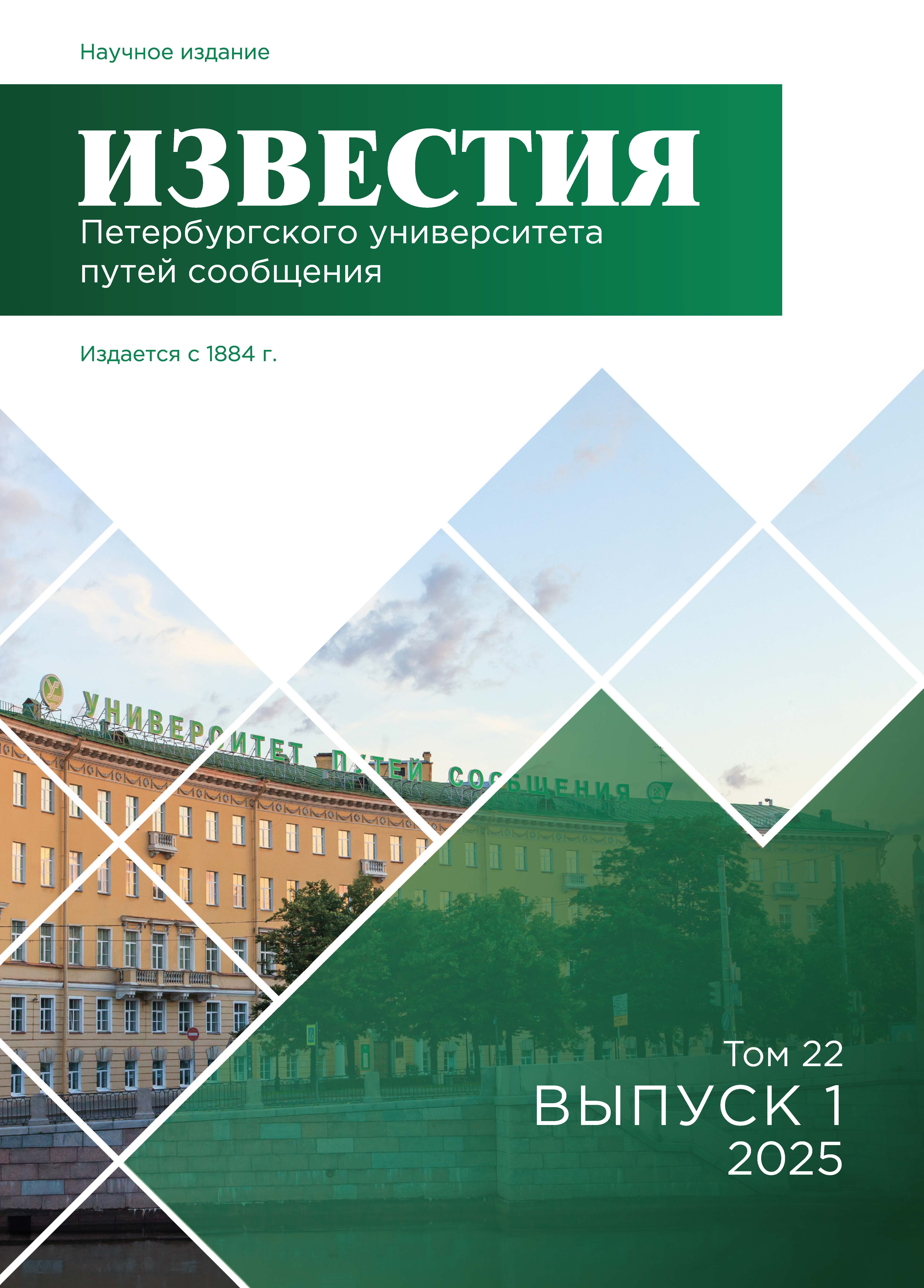Russian Federation
Russian Federation
Russian Federation
Purpose: To formulate the principles of a genetic layout algorithm for planning transport hub facilities placement and those of data use and processing. Methods: Based on the analysis of the relevant scientific papers, the genetic algorithm method and the author-developed linear Diophantine equations in the parameterization of the node zones considered in the formulation of layout problems are applied. Results: The authors have developed an application method for placing transport hub objects in the context of unclear direction of research, data sets formation and their evaluation and rational options using the Pareto method and the authors’ genetic layout algorithm. The potential adaptation of hub zones transport specifications to prospective digitalized and intellectualized infrastructure and technology collaboration has been investigated. Practical significance: The authors’ solution for an applied problem and big data set formation, evaluation and choosing rational options using the Pareto method and a genetic layout algorithm on the example of hub zones is presented. The efficiency is obtained through improved transport links, optimized zone parameters, and higher hub rating.
Transport hub, hub zones, transport operation parameters, mathematical modeling, genetic layout algorithm, linear Diophantine equations, Pareto method, big data sets
1. Transport of Russia: All-Russian transport weekly information and analytical newspaper. — URL: http://www. transportrussia.ru (data obrascheniya: 22.05.2024).
2. Severo-Kavkazskaya zheleznaya doroga. — URL: http://skzdservice.ru/page/4 (data obrascheniya: 22.05.2024).
3. Solodkiy A. I. Razvitie intellektual'nyh transportnyh sistem v Rossii: problemy i puti ih resheniya. Novyy etap / A. I. Solodkiy // Intellekt. Innovacii. Investicii. — 2020. — № 6. — S. 10–19. — DOI:https://doi.org/10.25198/2077-7175-2020-6-10.
4. Pankratov I. A. Genetic algorithm of energy consumption optimization for reorientation of the spacecraft orbital plane / I. A. Pankratov // Mechatronics, automation, control. — 2022. — Vol. 23. — Iss. 5. — Pp. 256–262. — DOI:https://doi.org/10.17587/mau.23.256-262.
5. Lyabakh N. Development of the pattern recognition theory for solving the tasks of object classification and yard processes / N. Lyabakh, A. Saryan, I. Dergacheva et al. // Advances in Intelligent Systems and Computing. — 2020. — Pp. 59–68. — DOI:https://doi.org/10.1007/978-3-030-51974-2_6.
6. Chislov O. N. Principy formirovaniya kompleksnogo kriteriya ocenki struktury transportnogo uzla / O. N. Chislov, E. E. Mizgireva // Vestnik Rostovskogo gosudarstvennogo universiteta putey soobscheniya. — 2024. — № 1(93). — S. 122–131. — DOI:https://doi.org/10.46973/0201- 727X_2024_1_122.
7. Chislov O. N. Metody cifrovizacii i intellektualizacii parametrov logisticheskogo vzaimodeystviya v sisteme «zh.-d. stanciya — port» v usloviyah mul'tiagentnosti transportno-tehnologicheskih processov: monografiya / O. N. Chislov, M. V. Kolesnikov, V. M. Zadorozhniy i dr.; FGBOU VO RGUPS; ANO VO NTU «Sirius». — Rostov-na-Donu: RGUPS, 2022. — 396 s.
8. Zakharov I. V. The choice of structures of heterogeneous information-computer systems based on the apparatus of genetic algorithms / I. V. Zakharov, A. O. Shushakov, S. S. Zykova // Intelligent Technologies on Transport. — 2022. — Iss. 3(31). — Pp. 46–51. — DOIhttps://doi.org/10.24412/2413- 2527-2022-331-46-51.
9. Lebedeva N. A. Ocenka transportnoy obespechennosti severo-zapadnogo federal'nogo okruga / N. A. Lebedeva // Nauchnyy zhurnal NIU ITMO. Seriya «Ekonomika i ekologicheskiy menedzhment». — 2021. — № 2. — S. 47–54 — DOI:https://doi.org/10.17586/2310-1172-2021-14-2-47-54.









